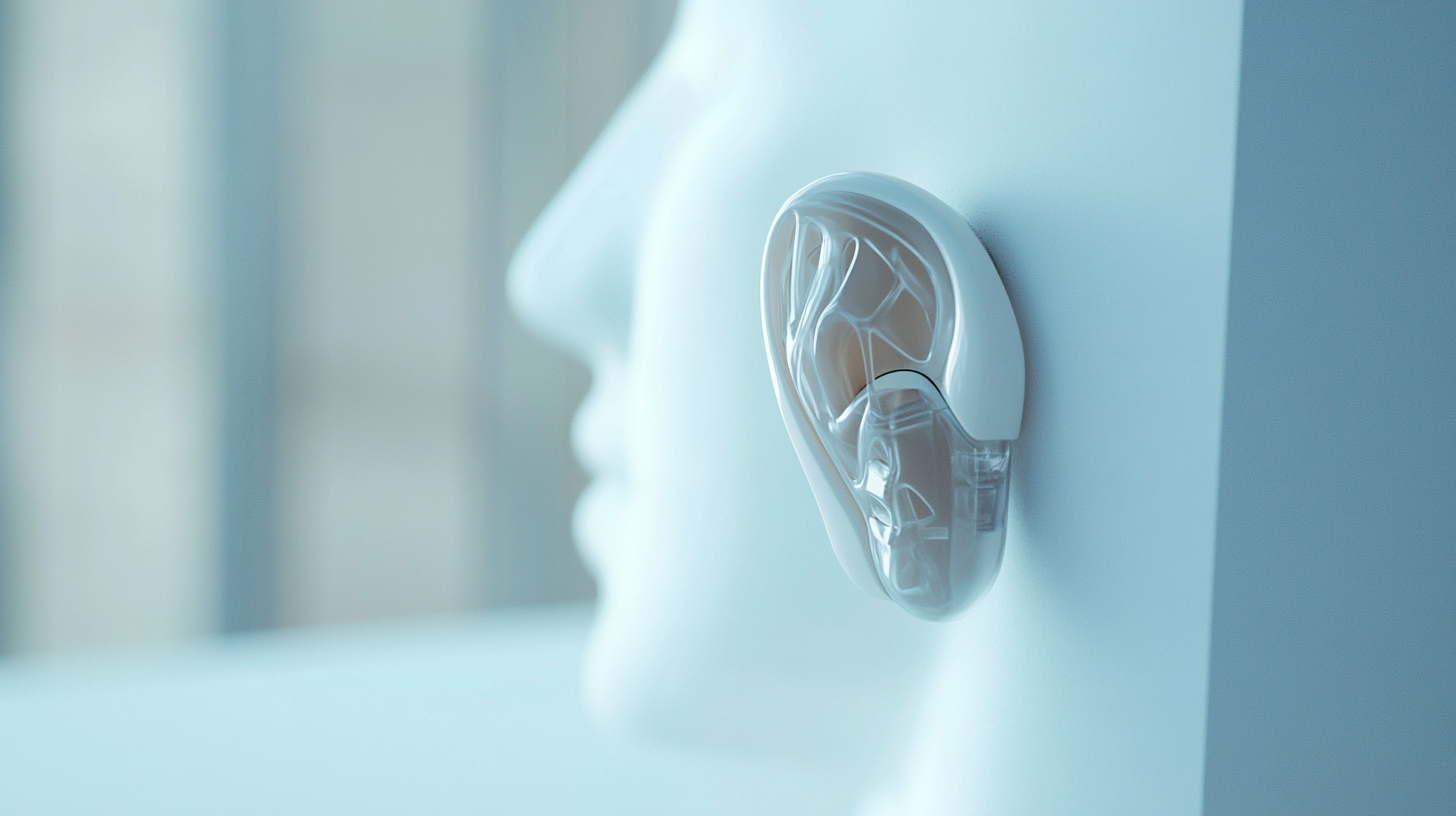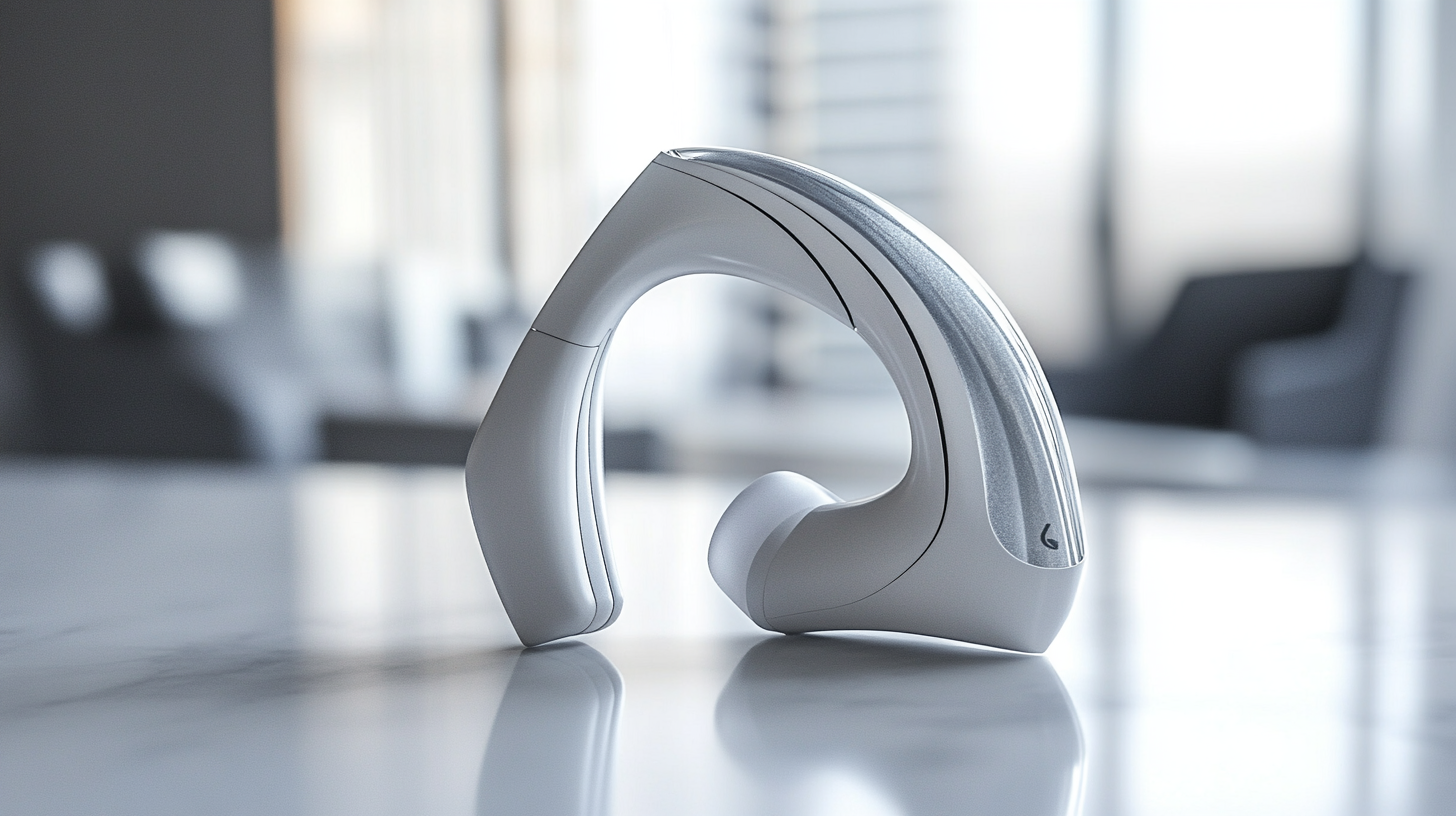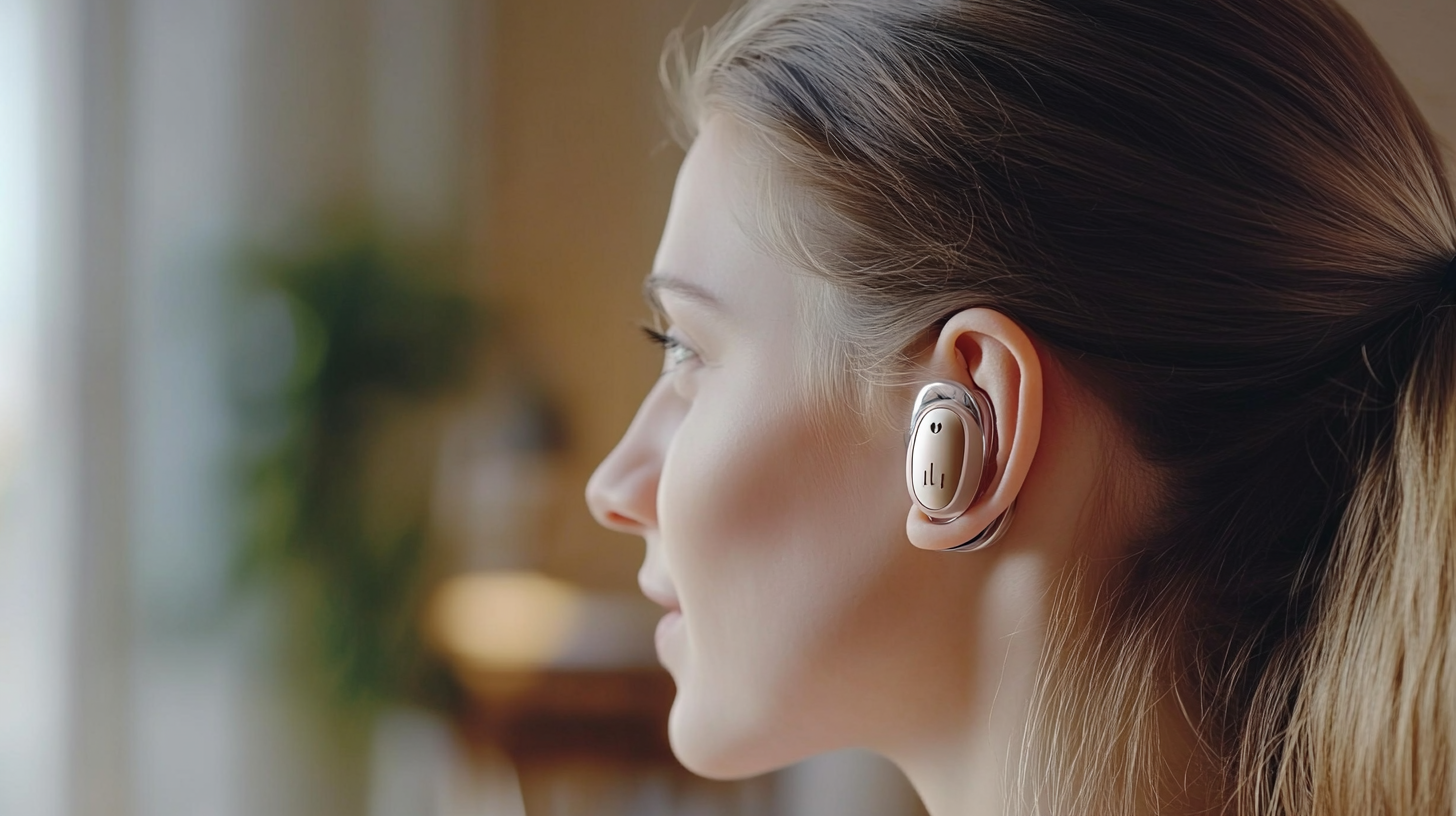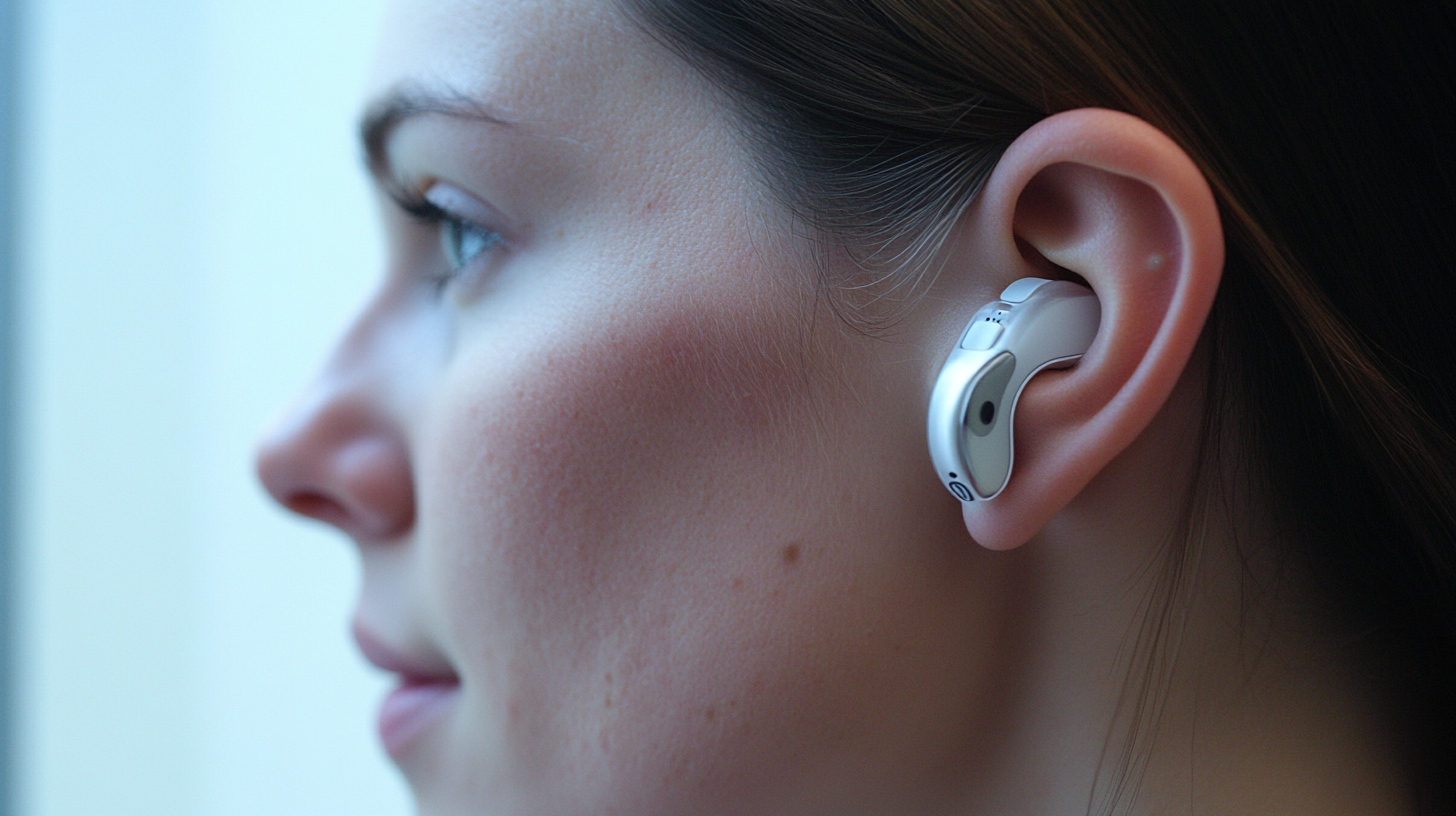In an increasingly interconnected world, the importance of effective communication cannot be overstated. For many individuals with hearing impairments, traditional hearing aids may not offer the ideal solution. Enter the innovative Bone Anchored Hearing Aid (BAHA), a groundbreaking technology that is transforming the landscape of hearing solutions. By utilizing the principles of bone conduction, these devices are designed to bypass damaged parts of the ear, providing clearer sound transmission and improved auditory experiences for users. As their popularity spreads globally, BAHA devices present new opportunities for individuals to reclaim their sense of hearing and engage more fully in their everyday lives.
The future of hearing assistance lies in the advancement of devices like the Bone Anchored Hearing Aid, which not only enhance auditory functions but also empower individuals to connect with the world around them. This blog aims to explore the myriad benefits of BAHA technology, delving into its applications, features, and the potential it holds for revolutionizing the lives of millions. With the promise of increased accessibility and improved quality of life, Bone Anchored Hearing Aids are poised to become a vital option for global buyers seeking reliable and effective hearing solutions.

The journey of hearing aids is a testament to human ingenuity and the relentless pursuit of better living standards. Historically, individuals with hearing impairments faced significant challenges due to the limited technology available. The earliest devices can be traced back to ancient civilizations that employed ear trumpets, crafted from natural materials like wood and metal. These rudimentary tools amplified sound, but their effectiveness was limited to certain environments, often leaving users frustrated. With the advent of the 20th century, hearing aid technology witnessed groundbreaking advancements. The introduction of vacuum tubes revolutionized sound amplification, shifting from passive devices to electronic solutions that offered improved clarity. This era marked the beginning of a more inclusive approach to hearing loss, as manufacturers began to cater to diverse needs, marrying functionality with aesthetics. The transition from analog to digital technology in the late 20th century further transformed the landscape, allowing for customizable solutions that accommodated various degrees of hearing loss. As we look towards the future, innovations such as bone anchored hearing aids signal another leap in the evolution of hearing solutions. These devices offer a unique method of sound transmission, utilizing bone conduction to bypass damaged areas of the ear. This advancement not only improves accessibility for users with specific types of hearing loss but also enhances overall quality of life. The continued evolution of hearing aids reflects a commitment to embracing technology that meets the needs of an increasingly global audience, ensuring that enhanced hearing experiences are available to all.

Bone Anchored Hearing Aids (BAHA) represent a significant advancement in auditory technology, offering a unique solution for individuals with hearing loss, particularly when traditional hearing aids are not suitable. The core principle behind BAHA is the ability to bypass the outer and middle ear by directly stimulating the cochlea through bone conduction. This innovative approach allows sound vibrations to be transmitted through the skull bone, providing clearer and more natural sound perception, which is especially beneficial for those suffering from conductive hearing loss or single-sided deafness.
The functionality of BAHA involves a small titanium implant that is surgically placed into the skull behind the ear. This implant serves as an anchor for an external sound processor, which captures sound and converts it into vibrations. These vibrations travel through the bone to the inner ear, facilitating hearing without blocking the ear canal. This system not only enhances sound quality but also offers comfort and convenience, allowing users to engage in various activities without the fear of their hearing aids falling out or causing discomfort.
Advancements in materials and technology have led to lighter and more customizable BAHA options, catering to a diverse range of user needs. With features like wireless connectivity and superior sound processing, modern BAHA devices are becoming increasingly attractive to global buyers seeking solutions for hearing loss. As awareness grows and accessibility improves, bone anchored hearing aids are poised to transform the auditory experience for many, heralding a new era in hearing technology.

Bone Anchored Hearing Aids (BAHAs) represent a significant advancement in hearing technology, especially for individuals who struggle with traditional hearing devices. Unlike conventional hearing aids that amplify sounds through the ear canal, BAHAs utilize bone conduction to transmit sound directly to the inner ear. This approach is particularly beneficial for those with conductive hearing loss or those who cannot wear standard hearing aids due to anatomical issues. By bypassing the outer and middle ear, BAHAs provide clearer sound perception and increased comfort.
Another notable advantage of BAHAs is their stability and durability. As these devices are surgically anchored to the skull, they offer a secure solution that minimizes the risk of loss or damage, a common issue with removable hearing aids. Users often report a more natural listening experience, as BAHAs reduce background noise interference and focus on the sounds that matter most. This improvement not only enhances communication but also boosts confidence in social interactions.
Moreover, BAHAs are known for their long-term benefits, as they can be a more cost-effective solution compared to traditional hearing aids. While the initial investment may be higher, the durability and minimal maintenance requirements of BAHAs often lead to lower overall costs. With an increasing number of individuals, especially globally, discovering the transformative power of these devices, BAHAs are poised to redefine how we approach hearing loss.

The development of bone anchored hearing aids (BAHAs) is revolutionizing the way we address hearing impairment across the globe. For many, traditional hearing aids can pose significant barriers, not only in terms of cost but also accessibility. BAHAs offer a transformative alternative by using bone conduction technology, enabling sound vibrations to be transmitted directly to the inner ear. This innovative approach has made it possible for individuals with certain types of hearing loss to regain their auditory abilities without the need for bulky external devices, making them more appealing to a wider audience.
However, the journey to widespread adoption of BAHAs is fraught with challenges. The high cost of these devices often restricts access to those in affluent regions, leaving low-income consumers at a disadvantage. Moreover, the healthcare infrastructure required to fit and maintain such devices is not uniformly available worldwide. In developing regions, lack of awareness and educational resources can further inhibit the ability of individuals to seek treatment, perpetuating a cycle of silence for many.
To break these barriers, it is crucial for manufacturers to invest in affordable options and for governments to implement policies supporting healthcare initiatives. Increasing awareness about BAHAs and their benefits can also empower patients to advocate for themselves. By focusing on cost reduction and improving availability, we can ensure that the future of hearing aids is not just about technology but about inclusivity and equal access for all.
Hearing loss can significantly affect a person’s quality of life, impacting communication, social interactions, and emotional well-being. Bone Anchored Hearing Aids (BAHA) have emerged as a remarkable solution, offering transformative experiences for users. These innovative devices anchor directly to the skull, bypassing damaged parts of the ear to transmit sound vibrations. For many, this technology has redefined their connection to the world, making the once-soundless environments rich with auditory experiences.
Take, for instance, the story of Maria, a young woman who had struggled with hearing impairment her entire life. Before discovering BAHA, Maria often felt isolated, missing out on conversations with friends and family. After getting her device, the sounds she had long yearned for came rushing back - laughter, music, and the rustling leaves outside her window. Her newfound ability to engage with her surroundings not only restored her enjoyment of daily life but also empowered her to pursue new social activities she once shied away from.
Similarly, consider James, a retiree who thought his days of enjoying nature were over due to his declining hearing. Post-BAHA, James found joy in birdwatching again, identifying species by their songs rather than relying on sight alone. His stories of venturing into the woods with his grandchildren, recounting their adventures, reveal how these devices can bridge the gap between silence and sound, nurturing relationships and reigniting passions. These real-life impacts illustrate the profound change that Bone Anchored Hearing Aids can bring, transforming not just lives but entire narratives of hope and connection.
*The content on this website is for general informational purposes only and should not be taken as medical advice. Please contact your physician or therapist to learn what therapy solution is suitable for your specific needs. Not all products, features, or indications shown are approved in all countries.